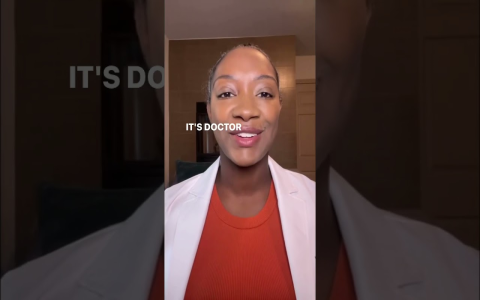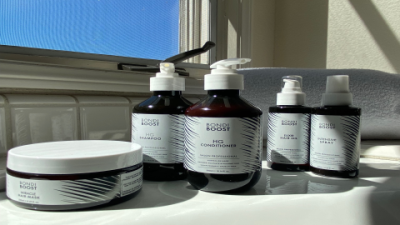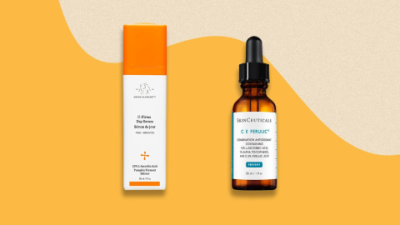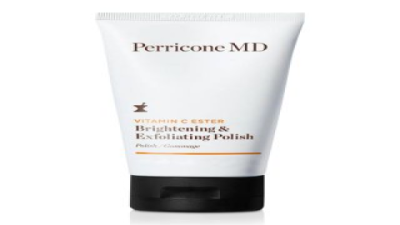Let's be honest - ingrown hairs are absolutely terrible. I mean, who hasn't dealt with those annoying little bumps that seem to pop up right when you least want them? Whether you're getting ready for a beach vacation or just trying to feel confident in your own skin, ingrown hairs have this uncanny ability to show up and ruin everything.
I've been there. We've all been there. And after trying countless products that promised the world but delivered... well, not much, I started digging deeper into what actually works. That's when I discovered the Roller Rescue Soothing Serum - and honestly, it's been a game-changer for so many people dealing with this frustrating issue.
But here's the thing - before we dive into solutions, we need to understand what we're really dealing with. Because ingrown hairs aren't just a cosmetic annoyance (though they definitely are that too). They're actually a pretty complex skin condition that deserves proper attention and care.
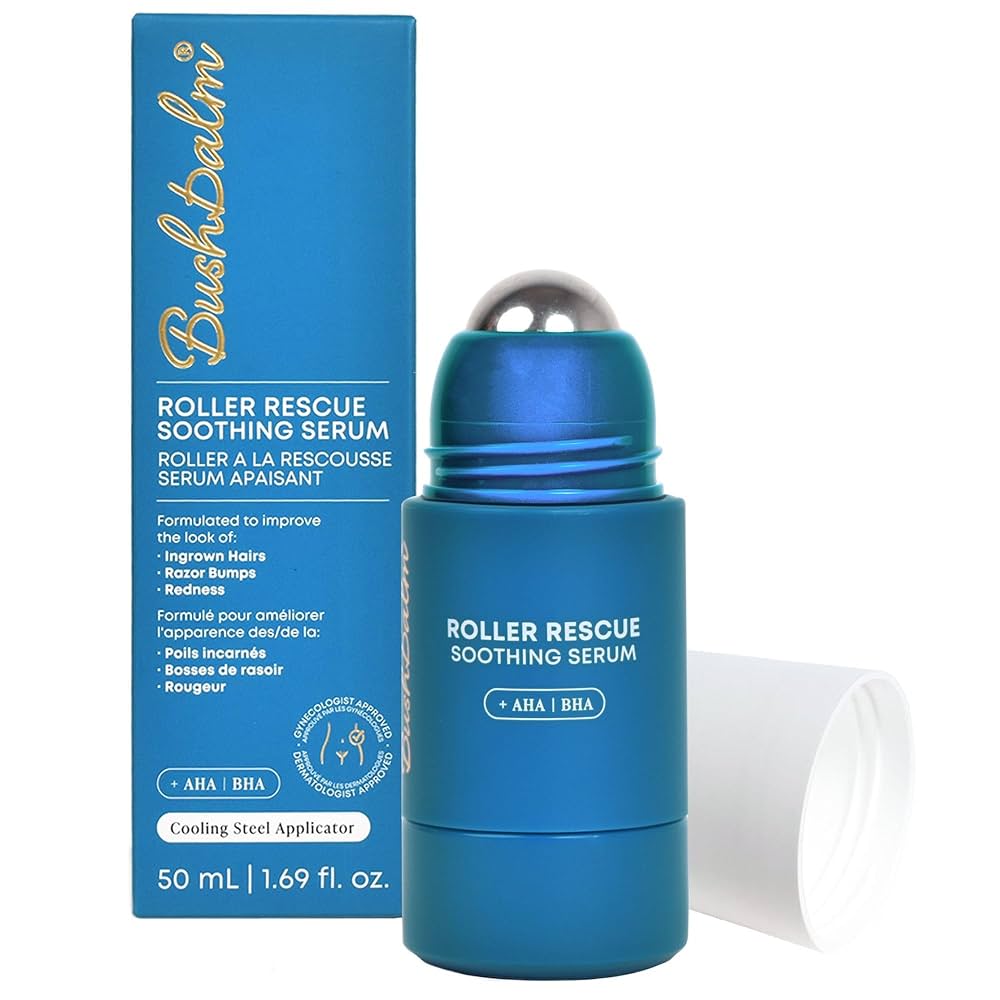
What's Really Going On With Ingrown Hairs? (It's More Complicated Than You Think)
So picture this: you've just finished what you thought was a perfect shave. Everything looks smooth, you're feeling great, and then... boom. A few days later, those dreaded bumps start appearing. Sound familiar?
Here's what's actually happening under your skin. When you shave, wax, or remove hair in any way, you're essentially cutting or pulling the hair at an angle. Sometimes - and this is where things get tricky - that newly growing hair decides to take a detour. Instead of growing straight up and out like it's supposed to, it curls back and grows into the skin.
Your body, being the protective system it is, sees this trapped hair as an intruder. It's like having an unwelcome guest that won't leave. So what does your immune system do? It launches a full-scale inflammatory response. Red bumps, swelling, sometimes even pus - it's your body's way of trying to deal with what it perceives as a foreign object.
Now, some people are just more prone to this than others. If you have curly or coarse hair, you're basically playing ingrown hair roulette every time you shave. The natural curl pattern makes it so much easier for hair to loop back into the skin. It's not fair, but it's genetics.
I remember talking to a dermatologist about this once, and she explained something that really stuck with me. She said that people with naturally curly hair - particularly those with African or Mediterranean ancestry - can have ingrown hair rates that are significantly higher than people with straight, fine hair. It's not just bad luck; it's actually built into the hair structure itself.
The Science Behind Actually Fixing This Problem
Okay, so now that we know what we're dealing with, let's talk solutions. And not just temporary fixes - I mean real, lasting solutions that actually work.
The most effective treatments work on three main fronts, and you really need all three to see significant results:
First, there's exfoliation. This is probably the most important part, though it took me way too long to figure this out. You need to regularly remove dead skin cells that can trap growing hairs. But here's where most people go wrong - they think any scrub will do. Physical scrubs can actually make things worse by creating tiny tears in the skin. Chemical exfoliants are where it's at.
Second, you need anti-inflammatory action. Remember how your body freaks out when it encounters trapped hair? You need ingredients that can calm that response down. This is where things like niacinamide and allantoin come in - they're like negotiators between your hair and your immune system.
Third, and this one's often overlooked, is barrier repair. When your skin barrier is damaged, everything else becomes so much harder. It's like trying to solve a problem with a broken tool - you're just not going to get the results you want.
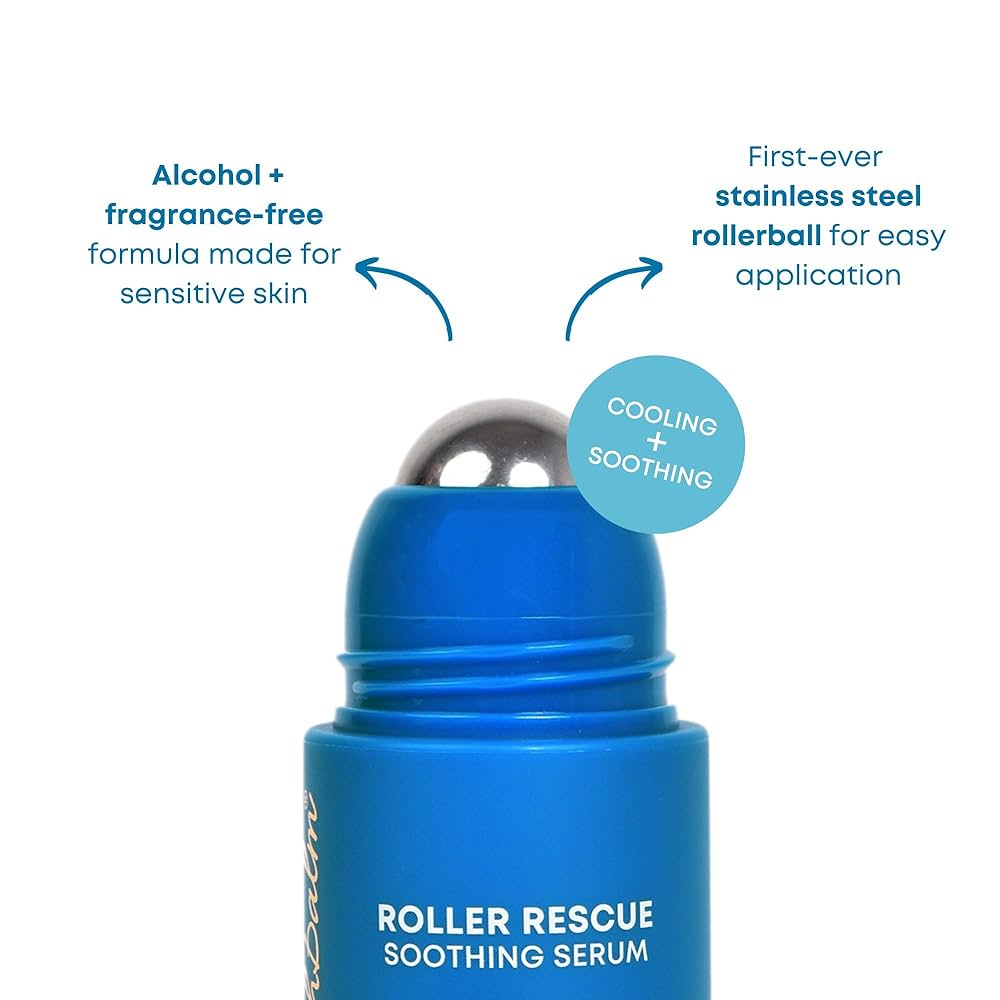
The Ingredients That Actually Make a Difference
Let me break down what to look for, because honestly, the skincare world can be overwhelming with all its fancy terms and marketing hype.
Chemical Exfoliants - The Heavy Hitters:
| Ingredient | What It Does | Why It Works | Typical Strength |
|---|---|---|---|
| Glycolic Acid | Dissolves dead skin cells | Smallest molecule, penetrates deepest | 2-10% |
| Salicylic Acid | Gets inside pores | Oil-soluble, reduces inflammation | 0.5-2% |
| Lactic Acid | Gentle exfoliation + moisture | Less irritating than glycolic | 5-12% |
I used to think all acids were created equal, but they're really not. Glycolic acid is like the overachiever of the group - it works fast and hard, but it can also be pretty harsh if you're not careful. Salicylic acid is more of the steady, reliable friend. It works consistently without causing as much drama.
The Calming Squad:
Niacinamide has become one of my absolute favorite ingredients. It's like the Swiss Army knife of skincare - it does a little bit of everything, and it does it well. It reduces inflammation, helps with oil production, and even fades dark spots left behind by old ingrown hairs. I've seen people use 5% niacinamide serums with incredible results.
Allantoin is another unsung hero. It comes from the comfrey plant, and it's incredibly gentle while still being effective. If you have sensitive skin, this is your friend. It promotes healing and keeps things calm while the other ingredients do their work.
How to Actually Use These Products (Because Technique Matters More Than You Think)
Here's where a lot of people mess up, and I totally get it. You buy an expensive serum, you're excited to see results, so you slather it on morning and night, right? Wrong. That's actually a recipe for irritation and disappointment.
The key is starting slow and being consistent. I learned this the hard way after basically burning my skin with too much glycolic acid in my early skincare days. Not my finest moment.
The Right Way to Start:
- Clean your skin thoroughly, but gently. I like to use lukewarm water - hot water can be too irritating.
- Wait. This part is crucial. Let your skin dry completely before applying anything. Wet skin + acids = potential disaster.
- Start with every other night. I don't care how tough you think your skin is.
- Apply a thin layer. You don't need to use half the bottle to see results.
- Wait again. Give it 10- minutes to absorb before adding anything else.
- Follow up with a good moisturizer. Your skin will thank you.
One thing that really helped me was keeping a skincare journal for the first month. I know it sounds a bit extra, but tracking how your skin responds can help you figure out what's working and what isn't. Plus, it's actually kind of satisfying to look back and see your progress.

Prevention Strategies That Actually Work in Real Life
Treatment is great, but prevention is where the real magic happens. And I'm not talking about some complicated 15-step routine that nobody has time for. I'm talking about practical changes that fit into actual human life.
Shaving Smart:
This took me years to figure out, but the way you shave makes a huge difference. I used to think more passes meant a closer shave meant better results. Nope. One good pass in the direction of hair growth is usually your best bet.
Sharp razors are non-negotiable. I know they're more expensive, but dull razors are basically guaranteed ingrown hairs. And please, for the love of all that is good, don't share razors. I've seen too many people develop infections this way.
Pre-shave prep is underrated. A warm shower or warm compress can soften the hair and make everything easier. It's like the difference between trying to cut dry pasta versus cooked pasta - one's going to fight you, the other won't.
When Shaving Isn't Working:
Sometimes you need to consider alternatives. Laser hair removal changed the game for a lot of people I know, though it's definitely an investment. Chemical depilatories can be gentler than shaving for some people, though patch testing is essential.
For guys dealing with beard area issues, sometimes just trimming instead of clean shaving can make a world of difference. It's not always about being completely hair-free - sometimes it's about finding what works for your skin.
When to Call in the Professionals
Look, I'm all for DIY skincare, but sometimes you need backup. If you're dealing with severe ingrown hairs, persistent infections, or significant scarring, it's time to see a dermatologist.
Professional treatments can include deeper chemical peels, prescription treatments, or even minor procedures to remove stubborn ingrown hairs. I've seen people struggle for months with problems that a dermatologist solved in one visit.
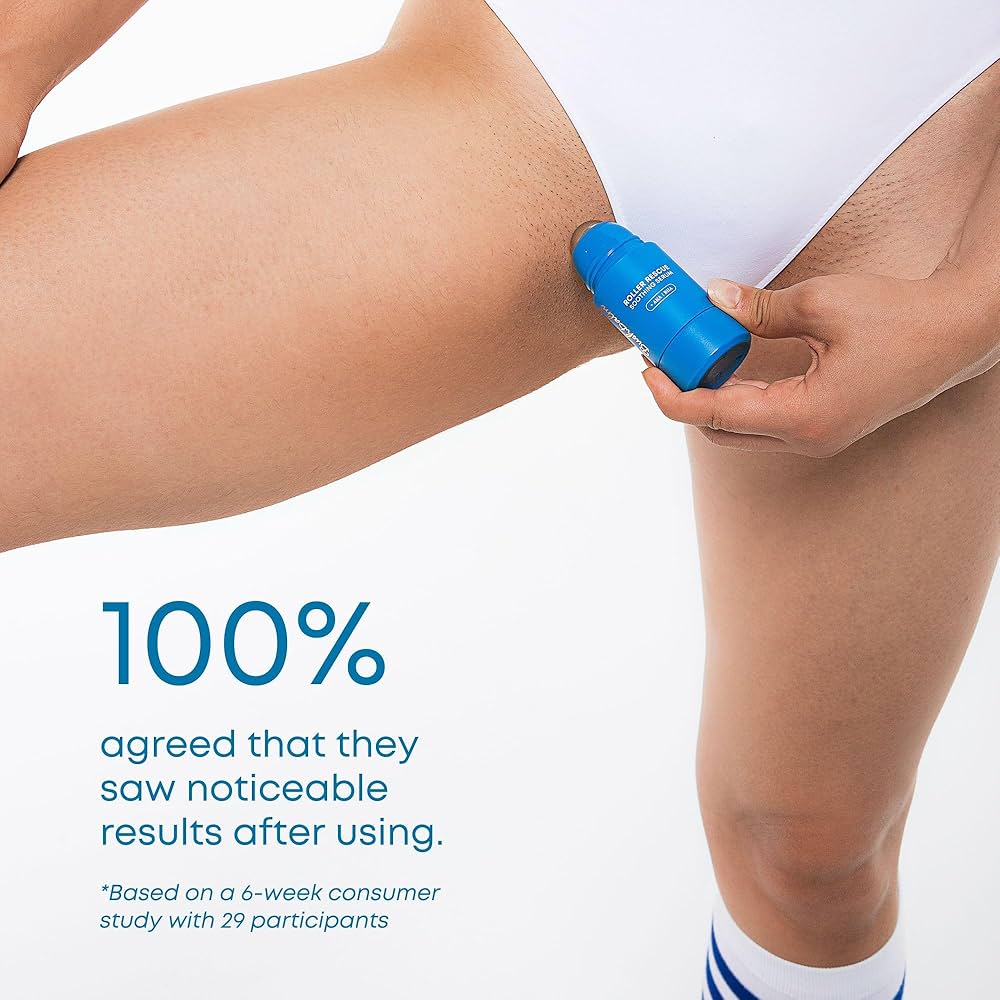
Don't feel like seeking professional help is admitting defeat. Sometimes it's just the smart move.
Real Talk: Managing Expectations
Here's something nobody likes to hear but everyone needs to: skincare takes time. Real, lasting results usually take 6- weeks of consistent use. I know that feels like forever when you're dealing with uncomfortable, unsightly bumps, but rushing the process often makes things worse.
You might see some initial improvement within a week or two - reduced redness, fewer new bumps forming. But the real transformation happens with consistent, patient care.
Your Most Common Questions, Answered
Q: Is it normal for things to get worse before they get better?
A: Sometimes, yes. This is called "purging" and it happens when active ingredients bring underlying issues to the surface. It usually lasts 2- weeks. If things are still getting worse after a month, something's not right.
Q: Can I use these products everywhere?
A: Most areas are fine, but be extra careful with sensitive zones. Start with a patch test and use less frequent application. The bikini area, in particular, can be pretty reactive.
Q: What if I have sensitive skin?
A: Go slower, use lower concentrations, and look for products with soothing ingredients like aloe vera or chamomile. Lactic acid is usually gentler than glycolic acid for sensitive skin types.
Q: How do I know if an ingrown hair is infected?
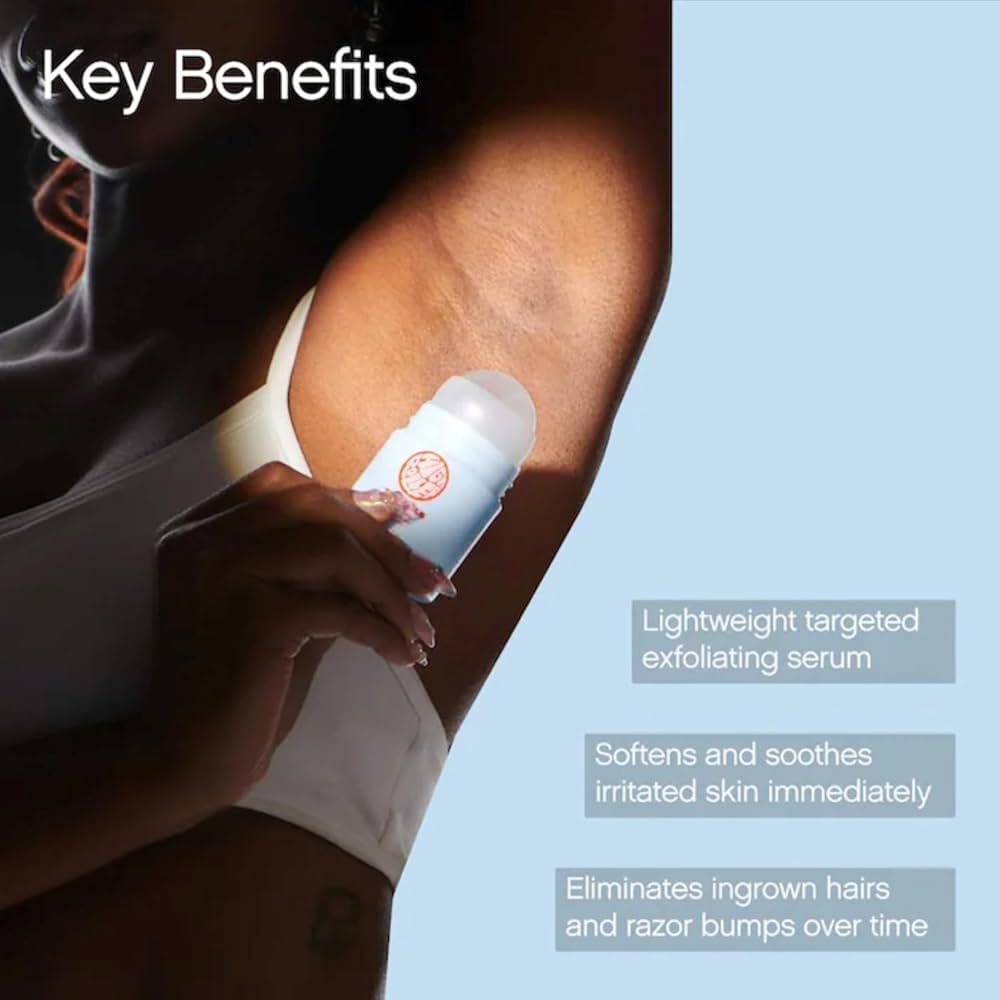
A: Increased pain, warmth, pus, red streaking, or fever are all signs you need medical attention. Don't try to tough it out - infections can get serious quickly.
Q: Can diet affect ingrown hairs?
A: While diet isn't directly linked to ingrown hairs, inflammation-fighting foods might help overall skin health. Stay hydrated and eat plenty of antioxidant-rich foods.
Q: Is it okay to pluck ingrown hairs?
A: Only if they're visible at the surface and you can do it gently with sterile tools. Deep digging usually makes things worse and can lead to scarring.
The Bottom Line
Dealing with ingrown hairs is frustrating, but it's not hopeless. The right combination of products, techniques, and patience can make a dramatic difference. Products like Roller Rescue Soothing Serum represent the kind of targeted, science-based approach that actually works.
Remember, everyone's skin is different. What works amazingly for your friend might not be perfect for you, and that's okay. The key is finding your routine and sticking with it long enough to see real results.
Don't let ingrown hairs control your confidence or your choices. With the right approach, smooth, comfortable skin is absolutely achievable. It might take some trial and error, but the payoff is worth it - trust me on this one.
